Choosing between First-Person Shooter (FPS) and Third-Person Shooter (TPS) games can significantly impact player experience. TPS games captivate players with their unique perspective, allowing for greater spatial awareness and character customization. This genre appeals to those who enjoy strategy and exploring immersive environments from a vantage point that enhances storytelling.
AntGames will clarify the distinctions between FPS and TPS games, highlighting their unique mechanics, gameplay styles, and visual perspectives. By exploring these differences, we will provide insights into which genre may suit your gaming preferences, helping you make informed choices in your gaming journey.
What is a FPS game?
First-person shooters (FPS) are a type of shooting game where players experience the action through the eyes of the character, creating an immersive experience. Unlike third-person shooters, where players see the character they control (typically from behind or above), FPS games focus on combat, primarily using firearms or other long-range weapons. This perspective enhances precision and makes FPS games like Funny Shooter or Time Shooter highly popular for their realistic gameplay and action-packed missions.
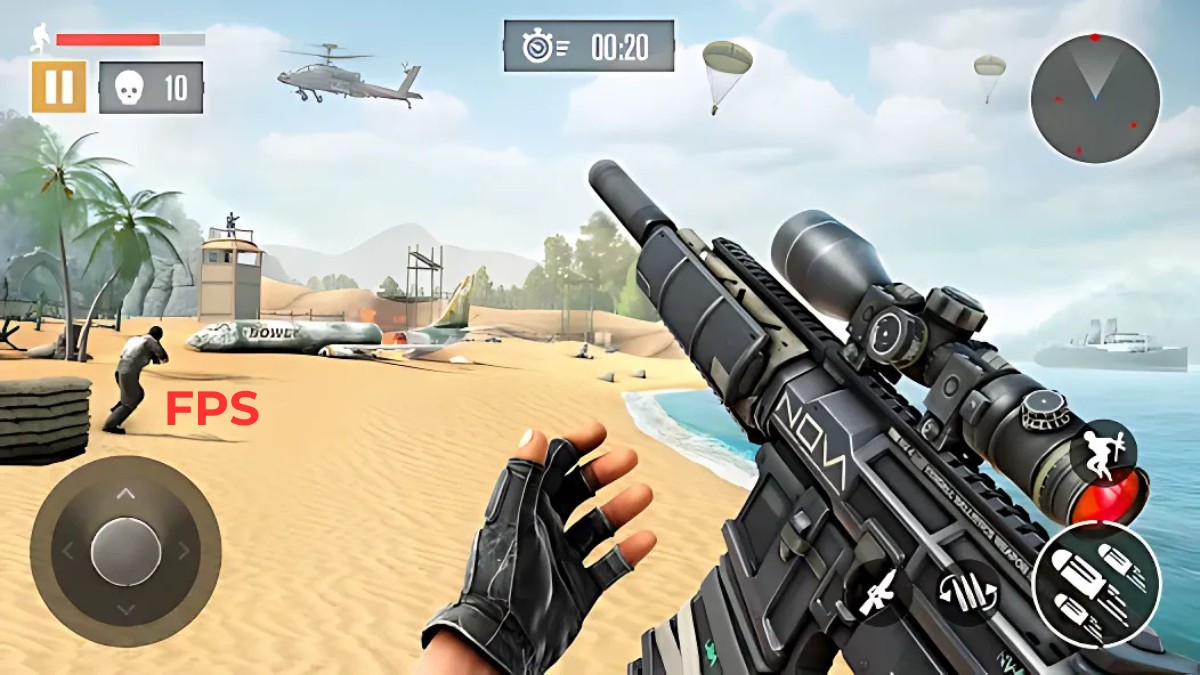
What is a TPS game?
A third-person shooter (TPS) is a game where players shoot while viewing their character from a third-person perspective. Unlike other shooting games, such as shoot ’em ups, TPS games center the player’s avatar in the camera view, typically from a position slightly above and behind the character. This gives players a broader view of the environment while maintaining immersive combat mechanics similar to FPS games. Popular TPS titles like Skibidi Toilet Shooting offer dynamic action with a cinematic feel.
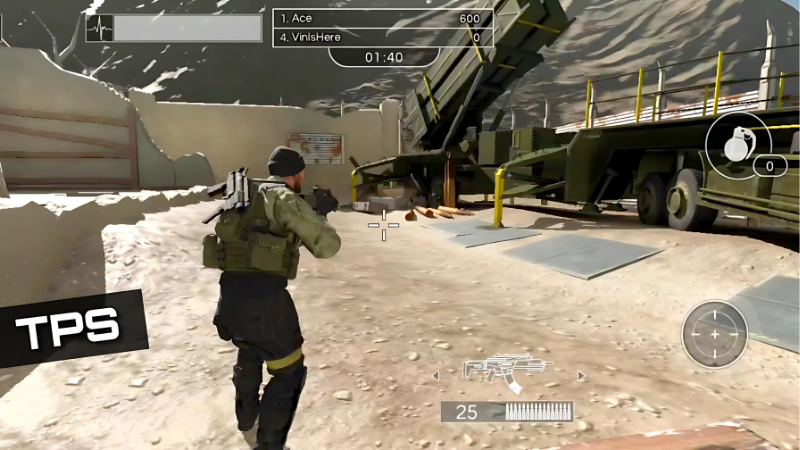
What Are the Differences Between First-Person and Third-Person?
The main difference between first-person and third-person perspectives in video games is how players view their character and engage with the game world.
In the first-person perspective, players experience the game through their character’s eyes. This boosts immersion and offers precise aiming, as the avatar doesn’t block the view. It’s especially suited for FPS (First-Person Shooter) games like Funny Shooter 2, where accuracy and a personal experience are key.
In the third-person perspective, players see their character from an external viewpoint, often “over the shoulder” or “behind the back.” This perspective enhances spatial awareness and allows for greater interaction with the environment, such as jumping or engaging in close combat, which is common in TPS (Third-Person Shooter) games like Skibidi Toilet Shooting. While it provides a broader view of surroundings, it can make fine aiming more challenging. Additionally, third-person gives designers the chance to develop more detailed characters, offering players a cinematic experience.
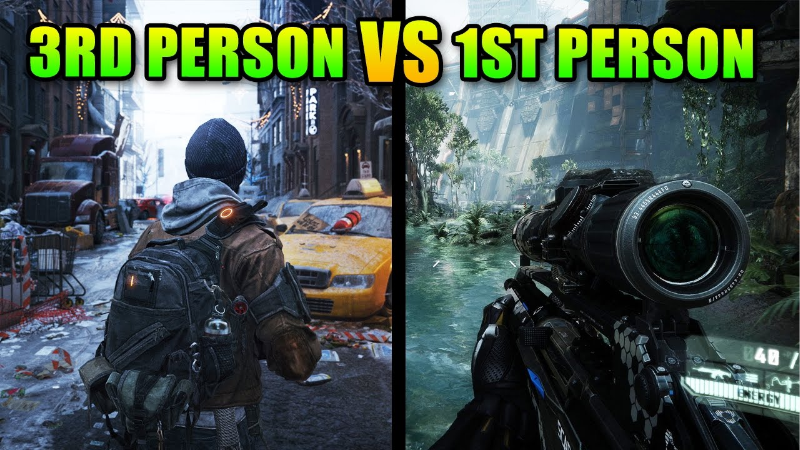
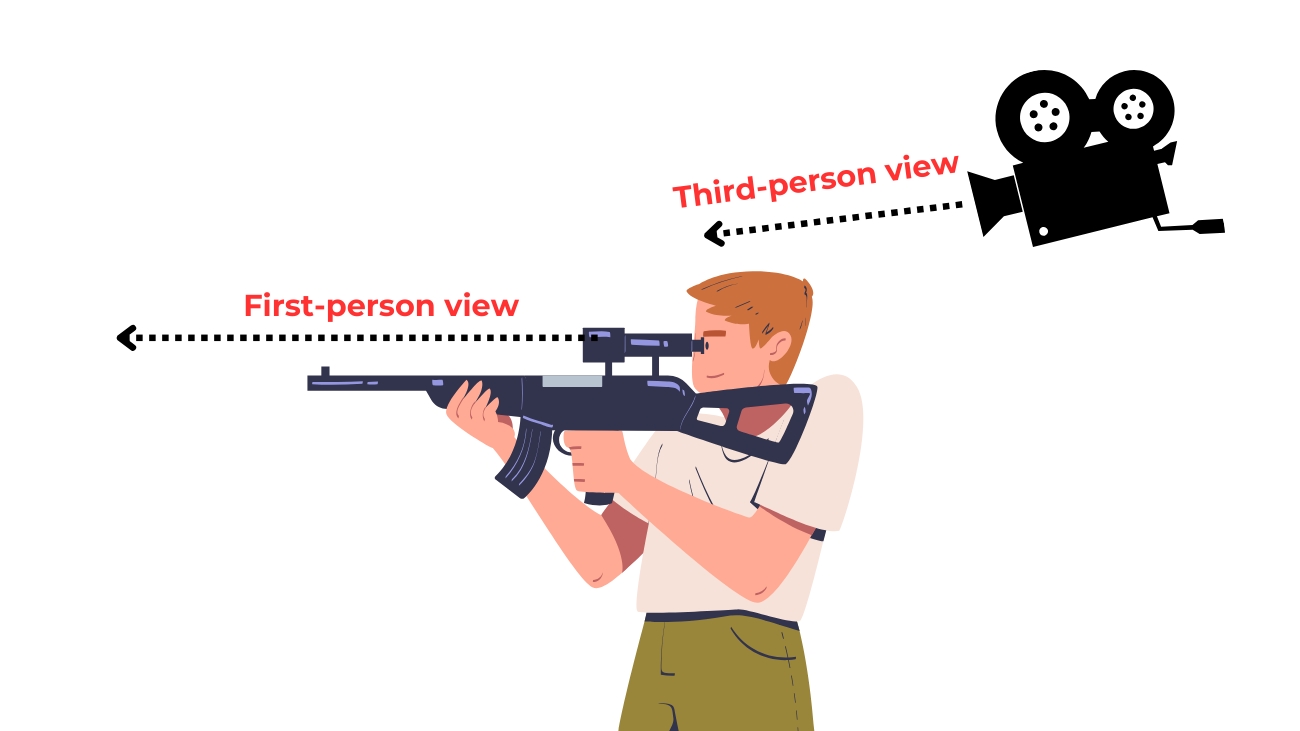
The History of TPS Game
The evolution of third-person shooter (TPS) games has significantly shaped the gaming landscape. This genre has seen remarkable advancements since its inception, leading to diverse gameplay experiences.
- Early Beginnings (1990s): The TPS genre emerged in the early 1990s with titles like Gears of War and Resident Evil, blending action and adventure elements. These games introduced players to a new perspective, moving away from the traditional first-person view.
- Technological Advancements (2000s): The 2000s marked a pivotal era with improved graphics and gameplay mechanics. Max Payne showcased innovative bullet time effects, enhancing player immersion and strategy.
- Rise of Iconic Franchises (Mid-2000s): Franchises like Gears of War and Tomb Raider gained popularity, offering engaging narratives and character development. These games solidified TPS as a mainstream genre.
Multiplayer Expansion (2010s): The introduction of online multiplayer modes revolutionized TPS games. Titles like The Division and Fortnite emphasized teamwork and social interaction, attracting a broader audience. - Modern Innovations (2020s): Recent TPS games have incorporated elements like battle royale modes and open-world exploration. This evolution continues to push the boundaries of gameplay, appealing to both new and veteran gamers.
Overall, the history of TPS games reflects continuous innovation and adaptation, ensuring their place in the ever-evolving video game industry.
Types of Third-Person Games
Exploring the realm of third-person games unveils a multifaceted landscape of sub-genres, each delivering distinctive gameplay experiences and perspectives. This diversity stems from the genre’s evolution, as game developers have consistently pushed boundaries to craft immersive experiences catering to varied player preferences. There are 5 main types of TPS Games:
- Third-Person Action-Adventure: These games combine exploration, puzzles, and combat with engaging stories and character growth. Players explore vast worlds, face intense battles, and uncover intricate narratives. Notable examples include the Uncharted series and The Legend of Zelda: Breath of the Wild.
- Third-Person Stealth: Stealth games focus on strategy and precision, requiring players to outsmart enemies with careful planning. Success depends on silent takedowns, effective use of cover, and strategic movement. Popular titles include Metal Gear Solid and Assassin’s Creed.
- Third-Person Shooters: Third-person shooters blend intense gunplay with strategic positioning. Players engage in action-packed firefights while staying aware of their surroundings. Top franchises include Gears of War and Max Payne.
- Third-Person Platformers: These games challenge players with precise movement and dynamic environments. Players jump, climb, and swing through colorful worlds while collecting items and tackling obstacles. Examples include Ratchet & Clank and Sackboy: A Big Adventure.
- Third-Person Survival Horror: Blending atmospheric tension with resource management, these games immerse players in terrifying scenarios where every decision could mean life or death. Iconic series like ‘Resident Evil’ and ‘Silent Hill’ exemplify this sub-genre.

4 additional sub-genres include:
- Third-Person Role-playing games (RPGs): Offering deep character customization and progression systems, third-person RPGs like ‘The Witcher 3: Wild Hunt’ and ‘Mass Effect provide expansive narratives and complex decision-making.
- Third-Person Sports: Third-person sports games like ‘FIFA’ and ‘NBA 2K’ offer realistic simulations of various athletic competitions, allowing players to control individual athletes or entire teams.
- Third-Person Racing: Games like ‘Forza Horizon’ and ‘Need for Speed’ provide high-octane driving experiences from a third-person perspective, often featuring open-world environments and diverse vehicle rosters.
- Third-Person Sandbox: Titles such as ‘Grand Theft Auto’ and ‘Saints Row’ offer vast, open worlds for players to explore, complete missions, and engage in various activities at their discretion.

This diverse array of third-person game sub-genres demonstrates the versatility and adaptability of the perspective, catering to a wide range of gaming preferences and playstyles.
The benefits of TPS games
Third-person shooter (TPS) games have become popular in the gaming industry, offering unique advantages that set them apart from traditional first-person shooters. By allowing players to engage with the game from a different perspective, TPS games provide a blend of strategy, immersion, and accessibility. These features in games enhance the overall gaming experience, offering players greater situational awareness and tactical options that are often not possible in first-person shooters.
- Enhanced Perspective: The broader field of vision in TPS games allows players to better assess surroundings, spot enemies, and navigate the environment with ease. This tactical advantage is especially useful during combat.
- Character Visibility: Seeing the character’s movements and animations strengthens the player’s connection to the game, enhancing immersion and situational awareness.
- Strategic Movement: TPS mechanics encourage thoughtful movement. Players can use cover effectively, dodge attacks, and plan their actions, adding depth to gameplay.
- Intuitive Controls: TPS games often feature user-friendly controls, making it easier for newcomers to grasp mechanics and enjoy the game without a steep learning curve.
- Variety in Gameplay: These games offer a mix of styles, from stealth missions to intense combat, catering to diverse player preferences and creating a richer experience.
- Social Interaction: The third-person view supports cooperative gameplay, improving team dynamics. Players can coordinate strategies and communicate easily, making multiplayer sessions more engaging.
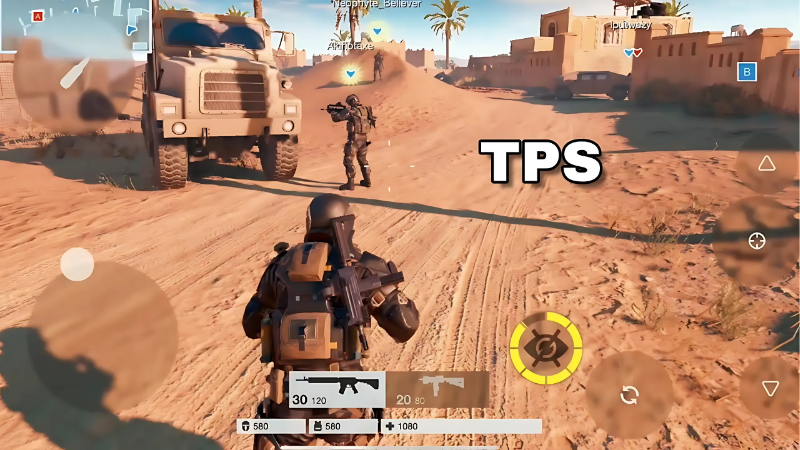
Notable TPS titles
When exploring notable third-person shooter (TPS) titles, several games stand out for their unique mechanics and engaging gameplay. Here are five notable titles to consider:
- Bloxd.io: Bloxd.io is a thrilling multiplayer game that combines building and shooting mechanics. Players can create their own environments while engaging in fast-paced combat.
- BuildNow GG: BuildNow GG offers a sandbox environment where players can unleash their creativity and participate in exciting battles. Its mix of building and action, along with a user-friendly interface, makes it accessible to players of all skill levels.
- Sandbox City: Sandbox City immerses players in an open-world setting with opportunities to explore, build, and take on missions. The game emphasizes creativity and freedom, offering endless activities and challenges to keep players engaged.
- Sniper Challenge:Sniper Challenge highlights precision and strategy. Players adopt the role of a sniper, using stealth and tactical thinking to assess surroundings and plan shots. The realistic mechanics deliver an intense experience for sniper enthusiasts.
- Space Wars Battleground: Space Wars Battleground takes players to a futuristic battlefield for intergalactic combat. With a variety of ships and weapons, it combines fast-paced action with strategic gameplay, making it a standout choice for sci-fi TPS fans.

Besides, AntGames offers an incredible lineup of top FPS games that you simply can’t miss. From intense firefights to thrilling campaigns, these games deliver non-stop excitement and challenge:
Why are “first-person shooter” and “third-person Shooter” separate genres?
The difference lies in perspective and gameplay, which are key aspects of each game genre. FPS immerses players through the character’s eyes, emphasizing aim and reaction. TPS offers a broader view, focusing on movement and cover systems. Iconic titles like Doom and Gears of War highlight these distinctions, while hybrids like Fortnite blend elements, enriching game design and player engagement.
Do Second-Person Video Games Exist?
Yes, second-person video games exist, though they are rare. These games use a narrative style that addresses the player directly as “you,” creating a unique and immersive experience. Notable examples include The Stanley Parable, where a narrator comments on the player’s actions, and Undertale, which breaks the fourth wall to engage the player personally.
First-person shooters (FPS) and third-person shooters (TPS) deliver unique gameplay experiences tailored to different player preferences. FPS games immerse players in action through a character’s eyes, while TPS games offer a broader perspective for strategic play. Explore these exciting genres with free online FPS and TPS games at AntGames—no downloads or logins needed. Jump into the action now!





